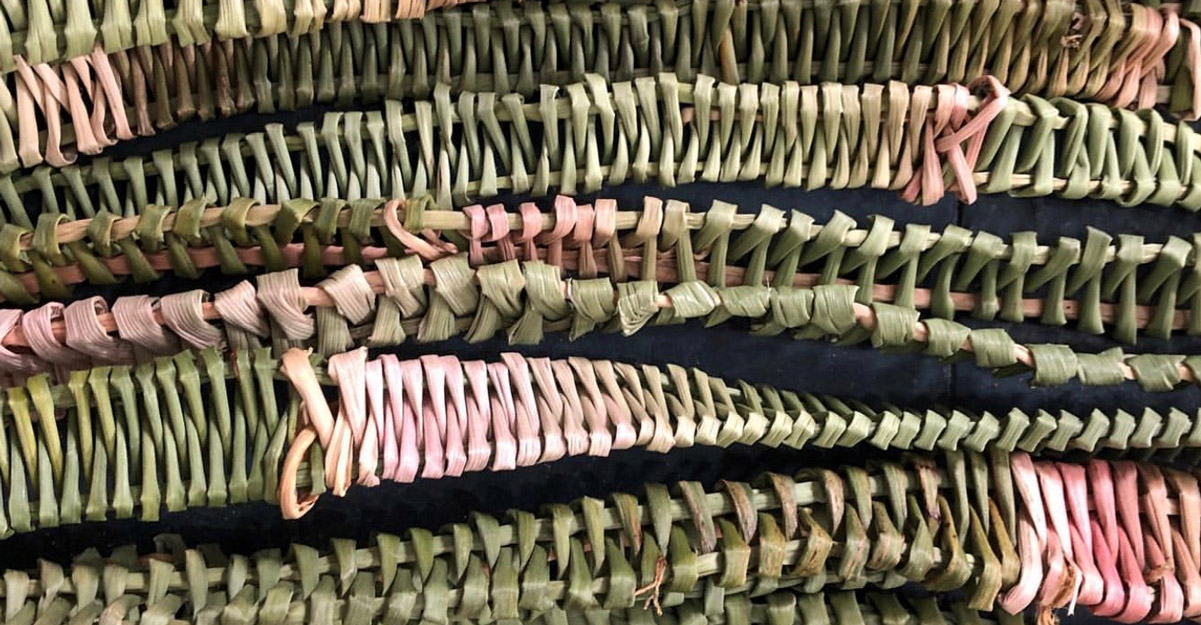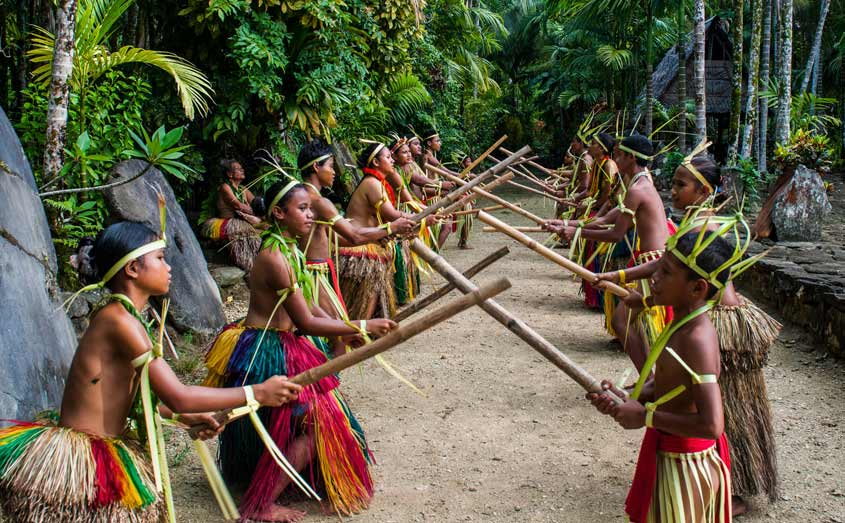By Patricia Adjei, Head, First Nations Arts and Culture, Australia Council for the Arts, Sydney, Australia
Australia’s unique First Nations artistic and cultural expression is deeply and firmly connected to over 75,000 years of heritage and continuing practice, and its uniqueness has been recognized both within Australia and internationally.
However, as is the case in many countries, there remains a significant gap in legal protection for traditional cultural expressions and knowledge in Australia. Australian copyright law currently only protects works by individual Indigenous artists, with no law to specifically prevent the misuse, distortion or alteration of Indigenous cultural and intellectual property (IP) that is communally owned or part of an Indigenous group’s heritage.
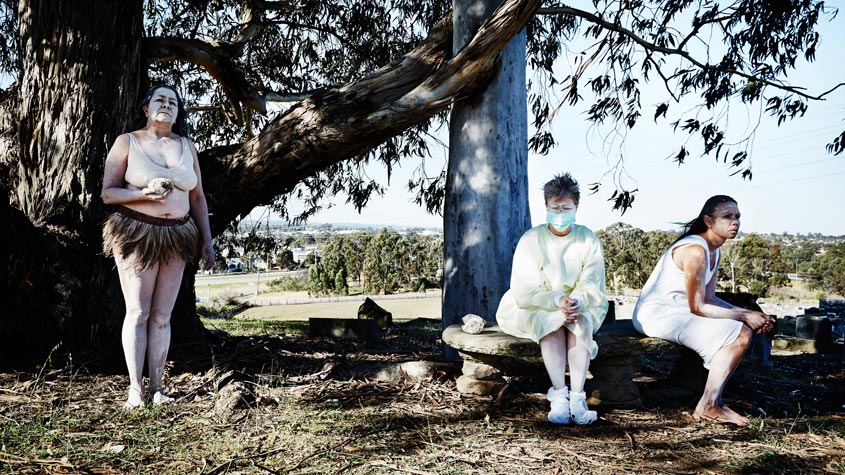
International negotiations within the WIPO Intergovernmental Committee on Intellectual Property and Genetic Resources, Traditional Knowledge and Folklore (IGC) are seeking to put into place an international legal framework to address these issues. Pending the outcome of the IGC’s work, a number of countries, including organizations in Australia, are developing practical ways to support Indigenous communities in protecting their IP interests.
Safeguarding of Indigenous traditional knowledge and cultural expressions in a responsible way is crucial to ensuring that Indigenous cultural heritage is maintained and can be passed down from generation to generation.
In Australia, Indigenous music is made up of an extensive collection of stories, songs and styles of singing and dancing that come from Indigenous communities across the country. From the Tiwi islands to Arnhem land in the Northern Territory, to the Kimberley region in Western Australia, to the states of Victoria and Tasmania, there is limited protection for these historic styles of cultural expressions from communities.
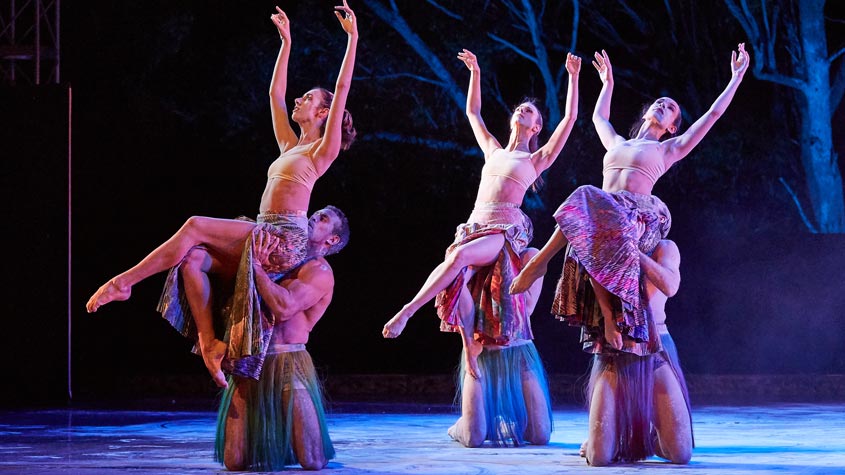
New protocols support working ethically with Indigenous cultures
At the end of September 2020, the Australia Council for the Arts, the national arts funding and advisory body to the Australian Government Office for the Arts, released the latest edition of its Protocols for using First Nations Cultural and Intellectual Property in the Arts. The Protocols aim to bridge the existing legal gap and provide traditional knowledge protection by recognizing and engendering respect for customary practice.
Safeguarding of Indigenous traditional knowledge and cultural expressions in a responsible way is crucial to ensuring that Indigenous cultural heritage is maintained.
The Protocols address key legal, ethical and moral considerations for the use of Indigenous cultural material in the Australian arts sector. They were last updated in 2007. The new revised edition, authored by Indigenous Australian solicitor Dr Terri Janke, consolidates five guides into one, with case studies spanning visual arts, music, literature, dance, theatre, multi-art forms, emerging and experimental arts and events-based projects.
The updated protocol guide lays out ten principles for respecting Australian traditional cultural expressions and knowledge:
- Respect
- Self-determination
- Communication, consultation and consent
- Interpretation
- Cultural integrity and authenticity
- Secrecy and confidentiality
- Attribution
- Benefit sharing
- Continuing cultures
- Recognition and protection
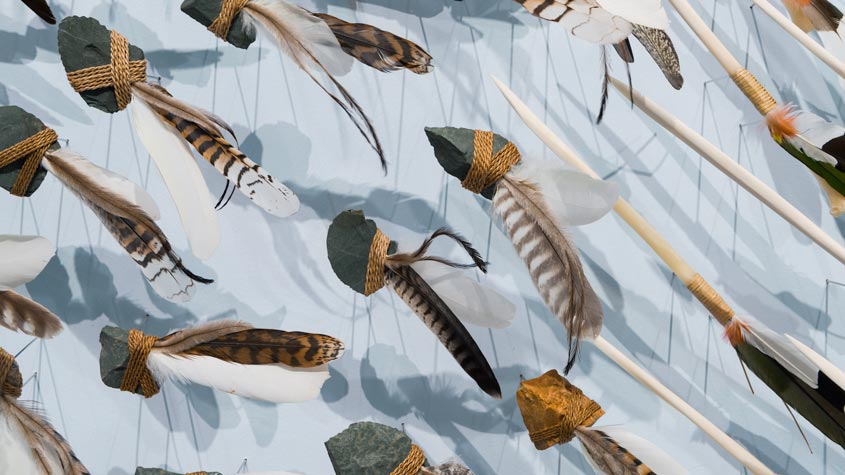
Protocols in practice
The guide demonstrates the implementation of these ten principles through 14 case studies. They include the Mission Songs Project, founded by First Nations Australian musician and producer, Jessie Lloyd. The project sought to revive contemporary Australian Indigenous songs from the 1990s and to create a space for Indigenous Australians who lived on state-run and other settlements to share and reclaim their stories and cultural expressions. Senior First Nations musician, Archie Roach, and First Nations Australian academic, Marcia Langton, from Melbourne University, were senior cultural advisors on this project.
Over a period of two years, Jessie Lloyd met with Indigenous elders and senior family members and learned about the songs and song traditions that had been orally passed down, consulting with communities to record and publish communally owned songs from old Aboriginal missions in the states of Queensland, New South Wales and Victoria. Crucially, in working directly with the storytellers – the knowledge holders – she ensured the authenticity and cultural integrity of her work. The project culminated in the production of a music album, The Songs Back Home (2017), a website and a Choir Songbook, as well as performances at different festivals like Yirramboi, Melbourne’s Indigenous festival, the Woodford Folk Festival in regional Queensland, and the Sydney Festival. Overseas, Jessie Lloyd has performed her work in Canada, Mexico and the USA.
The case study details how, throughout her research, the musician consistently adhered to the ten principles set out in the guide, ensuring that her project successfully celebrated the resilience, resistance and healing of Indigenous communities in a culturally appropriate way.
WIPO’s hands-on training for Indigenous peoples and local communities
WIPO has designed an intensive, hands-on training program for Indigenous peoples and local communities to protect their music, performances, art, designs and other traditional cultural expressions (TCEs).
The Organization’s Creative Heritage Project comprises a cultural documentation and IP management training program that would assist communities to:
- create intellectual property rights in their cultural heritage (in the form of digital photographs, audiovisual material, sound recordings and databases);
- exercise control and make informed decisions on access and use by third parties; and
- enable communities, if they so wish, to draw income from the commercialization of their cultural assets in a way that corresponds to their values.
The program was piloted with the Maasai community and has two components: a hands-on technical training on how to record and document their cultural expressions; and training on intellectual property rights and their use.
The program also makes a number of useful resources available to the communities who wish to take part in the program, and others seeking to work with them. These include a collection of codes of practice, guidelines and best practices for the recording, digitization and dissemination of TCEs.
More information about the program is available here.The guide outlines current best practice and is an invaluable resource for anyone working with First Nations Australian artists or within the First Nations Australian arts and cultural sector. It is also a useful tool for anyone wishing to learn more and build knowledge about Indigenous cultural heritage in the arts and creative sectors in general.
The Protocols aim to bridge the existing legal gap and provide traditional knowledge protection by recognizing and engendering respect for customary practice.
The guide includes specific clauses for traditional knowledge and cultural expression in recording and other contracts, ensuring that consent is secured from any First Nations Australian musician or community involved and that royalties are shared with the relevant communities when an album, song or project is communally owned. A range of clauses and sample agreements for projects that relate to the use of traditional cultural expressions are available to Australian artists and art organizations from the Arts Law Centre of Australia.
The ten principles set out in the guide encompass Articles from the United Nations Declaration on the Rights of Indigenous Peoples . Article 31 of that Declaration, for example, specifically refers to the right for Indigenous peoples to maintain, promote, control and practice their traditional knowledge, traditional cultural expressions and genetic resources. And Article 18 refers to consent and consultation to be considered when an external party wants to use Indigenous cultural material and work with Indigenous communities.
The updated protocols are being used by the Australia Council for the Arts to inform our work, decision-making, research and promotion of cultural safety. Under our governing legislation, the Australia Council Act, we are mandated to provide support and advice to First Nations Australian artists and arts organizations. To deliver this, the Council has a First Nations arts strategy panel which provides strategic advice to our Aboriginal and Torres Strait Islander arts team.
The Australia Council funds Australian artists and arts organizations and specifically supports and advocates on behalf of First Nations Australian artists and arts organizations across all art forms. These art forms include First Nations arts, emerging and experimental arts, visual arts, literature, music, dance, theatre and community arts and cultural development in Australia. The updated guide will support Australia Council-funded activities that engage with Indigenous Australians, communities and their cultural heritage. It sets out a framework and methodology – from concept development to project delivery. Beyond these activities, the guide is relevant to anyone working with Indigenous Australian artists or in the Indigenous Australian arts sector, including:
- Indigenous and non-Indigenous artists;
- International organizations and artists;
- People working within related fields of Indigenous art form practice;
- Commonwealth and State/territory government agencies in Australia;
- Local governments/councils;
- Industry agencies and peak organizations;
- Galleries, museums and arts centers;
- Educational and training institutions; and
- Indigenous and targeted mainstream Australian media.
The work of the WIPO IGC, and the draft provisions that are under discussion, reflect issues raised by Indigenous representatives, including many Indigenous Australians. The updated Australia Council protocols reflect the customary practices of Indigenous Australia and may serve as a useful basis for guiding international discussions within the IGC. The guide refers to the IGC’s on-going work and while not legally binding, it may offer valuable policy guidance for WIPO member states.
The new protocols, which also include a project checklist and useful templates, is available now from the Australia Council’s website and that of WIPO’s Traditional Knowledge Division.


